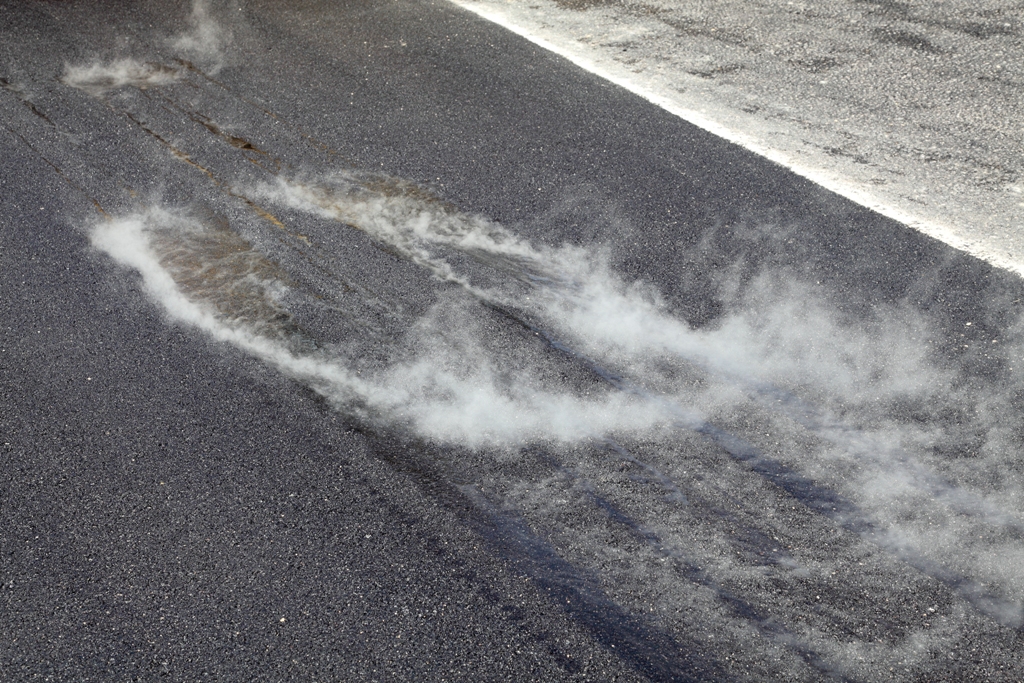Composition and the properties of bitumen (both physical and chemical) can vary depending on the method of production and the specific oil field. Unique characteristics of this binding material are determined by the concentration of high molecular components prone to intermolecular interaction.
In general, bitumens consist of:
- asphaltenes;
- tar;
- oils.
Oils make bitumen softer, decrease its melting temperature and raise evaporation capacity and penetration. Tar can give the material such properties as hardness, plasticity and stretchability. Asphaltenes are the products of tar compacting. In comparison with other bitumen components they are not dissolved in normal saturated hydrocarbons, mixed polar solvents, but are soluble in benzol and homologues, carbon tetrachloride and carbon sulphur. Apparently, all bitumen components influence its physical and chemical properties.
The key performance properties of bitumen are as follows:
- Penetration is the depth of entry of a standard shape body (in the case of bitumen this is a needle) into the binding. Indirectly, this parameter characterizes bitumen hardness, but is measured in tenths of millimeter ;
- melting point is the temperature at which bitumen transitions from relatively solid state into a liquid;
- brittle temperature is the temperature at which the material crumbles from impact or under a short time load;
- strechability is the distance the material can be stretched for without breaking. Indirectly, this factor can characterize intermolecular forces;
- penetration index is the degree of material colloid state;
- adhesion is the ability of bitumen to stick to other materials. It depends on polarity of bitumen components (maltenes and asphaltenes).
- The following factors are used to evaluate material quality: cohesion, viscosity, as well as dielectric, thermal and other properties.
To evaluate bitumen quality in operation and to determine the potential service life of an asphalt-concrete coating, one needs to identify weight loss and change of penetration after heating.
As of today, there is a lot of accumulated data allowing to see the connection between binding components and its properties. In particular, we can state the following. Decrease of the content of oils relative to asphaltenes increases material viscosity. As for aromatic compounds and tar, their impact on bitumen properties is almost the same.
Brittle temperature and penetration do not depend on aromatic compounds and tar, but are determined by the ratio between saturated hydrocarbons and asphaltenes. The higher this ratio, the higher the brittle temperature.
Plasticity range depends on the ratio of aromatic compounds and tar to asphaltenes. The higher this ratio – the lower the plasticity range.

